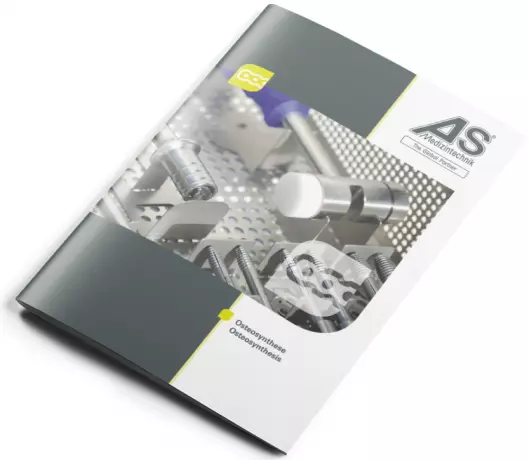
Instruments and implant systems for osteosynthesis
Plates and Screws for mini, small and large fragments are only a selection from our wide range. With...
Portal and digital medical technology fair of the largest MedTech cluster in Germany

Instruments and implant systems for osteosynthesis
Plates and Screws for mini, small and large fragments are only a selection from our wide range. With...
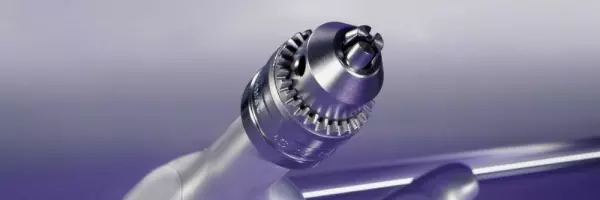
Here we have a wide range of Ralk and Bunnel hand drills to Gigli saws ready for you. For long-te...
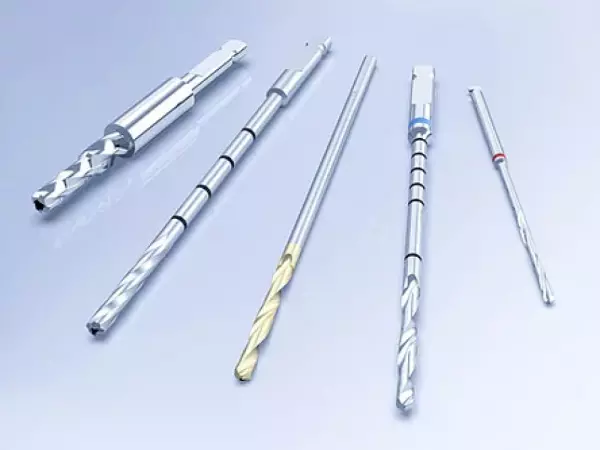
Orthopedic Products - Cutting Tools
The product range of cutting tools in the field of orthopedics includes: Bone drill Cu...
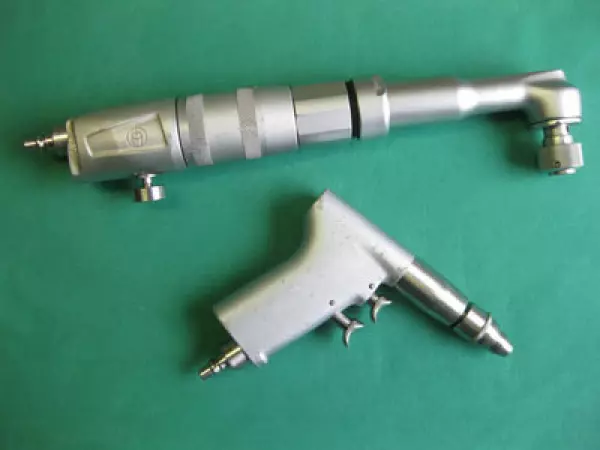
Repair service and maintenance of compressed...
We repair MIS instruments from all well-known manufacturers , drive systems such as drilling hoses,...
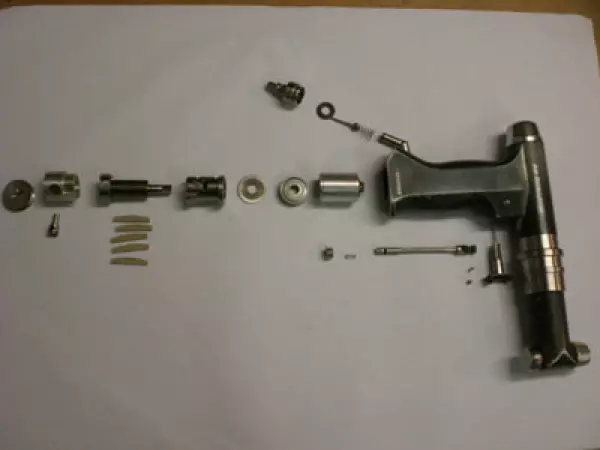
Repair service and maintenance of drill hoses...
We repair MIS instruments from all well-known manufacturers , drive systems such as drilling hoses,...
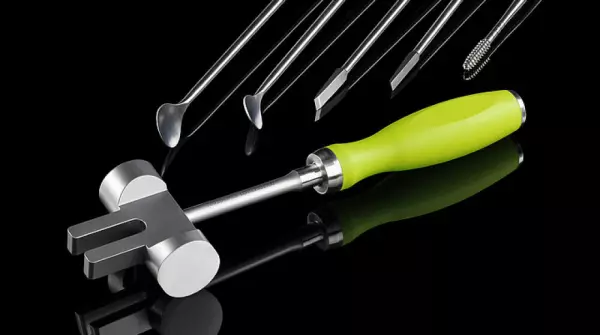
Ortho - instruments & implants
ORTHOPAEDICS Innovative solutions for every joint region (e.g. hip, knee and foot). We provide in...
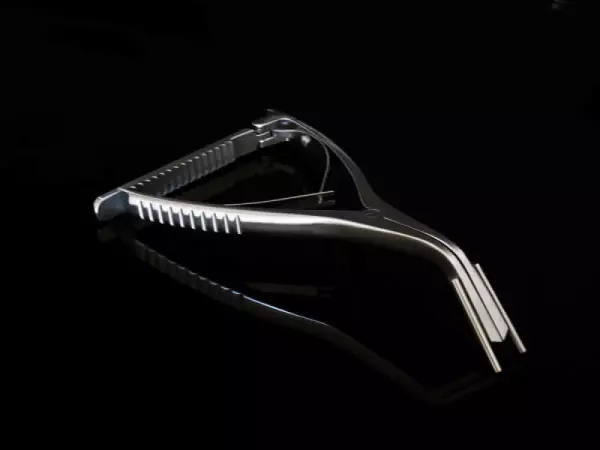
CAD construction / development of medical...
CAD construction / development of medical products CAD has supplanted the drawing board and many...
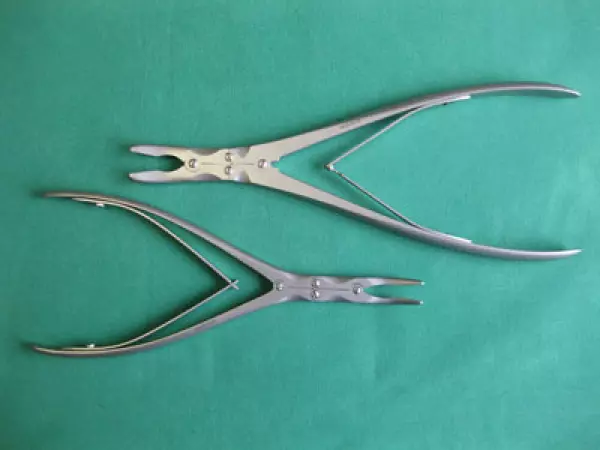
Repair service for standard surgical instruments
We repair MIS instruments from all well-known manufacturers , drive systems such as drilling hoses,...
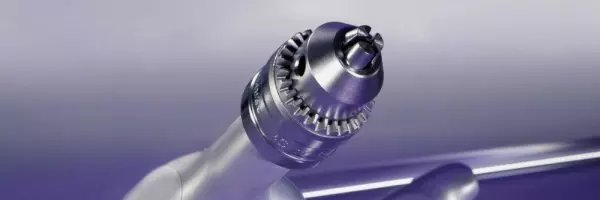
A wide range Ralk and Bunnel hand drills as well as Gigli saws ready for you. For regular daily use...
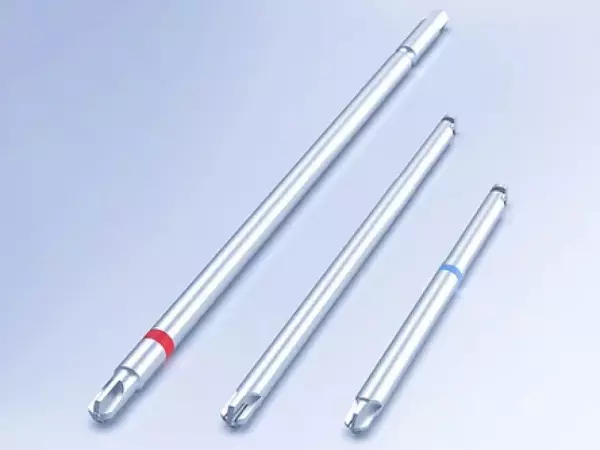
Orthopedic Products - Inserting Tools
The product range of cutting tools in the field of orthopedics includes: Phillips blades...

Typically, the manufacture of orthopedic components involves the use of specialized tools. The time and expense required to create custom tools can negatively impact production and quality. In addition, a standardized range of cutting tools can generate similar tools that are suitable for similar parts. In this way, the cost of production and tool availability can be reduced. The following paragraphs discuss some of the benefits of standardized orthopedic milling cutters.
Traceability is crucial in the medical industry. All tools come with unique laser markings. The quality and reliability standards are regulated by sealed grinding processes and contactless measurement techniques. The results of the inspections are included in the packaging tubes, demonstrating quality assurance to the customer. The tools can be reconditioned up to five times, but significant wear requires that the tool be packaged safely and in accordance with manufacturer guidelines.
The use of supercritical carbon dioxide for the manufacture of orthopedic implant bearing inserts is also highly desirable. This technology provides dry lubrication to the cutting zone without adding any extra oil to the tool. The application of dry lubrication improves precision and improves efficiency of the process. The benefits of this process are numerous. These tools are more versatile and less expensive. They can be reused several times. These features make them the ideal choice for the medical industry.
An example of a nontraditional milling process is 3D printing. In this process, titanium alloy or cobalt-chromium alloy powders are melted layer by layer in a high-speed laser, producing intricate parts. The result is a consistent micropore surface. In this way, the production cycle time of a cast Co-Cr femoral component can be significantly reduced. In addition, the tool life can be extended to 12 hours. A single milling tool can machine up to 80 parts.
Increasing demand for orthopedic implants is driven by the prevalence of obesity. Currently, 1.57 billion people are overweight, and 0.53 billion are clinically obese. These people are more prone to joint replacements, and excess weight increases the chances of developing osteoarthritis. The use of orthopedic milling cutters is the best solution for this application. It is a reliable tool for precision manufacturing. Its durable design will ensure that it lasts for a long time.
As a result of these factors, the market for orthopedic milling cutters is booming. The growth in the industry has been driven by the increasing demand for replacement body parts in many areas, including trauma and orthobiologics. Most of the industry is dominated by five major medical OEMs. Moreover, the world's population is becoming older. Therefore, the demand for orthopedic milling cutters has increased by almost two-thirds in the past decade, and is projected to continue increasing.
Become a digital exhibitor yourself in the online portal of the largest and best-known MedTech cluster region in Germany and inform the world of medical technology about your products and services as well as about news, events and career opportunities.
With an attractive online profile, we will help you to present yourself professionally on our portal as well as on Google and on social media.